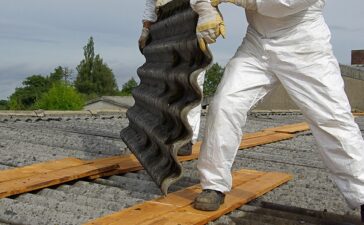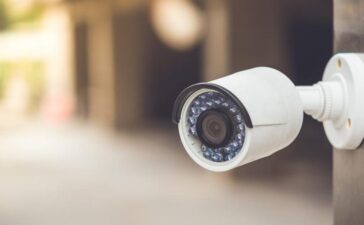This guide will help you decide which type of water filter is best for your home.
- WATER FILTERS
- WHOLE HOME FILTERS
- REVERSE OSMOSIS
Although making choices can be stressful, sometimes you need to make the right choice. Sometimes, like when you choose a water filter to your home, it is crucial.
It is not a good idea to spend money on water filters that solve a problem you don’t have. It can be overwhelming to choose the right water filter for you home. The one that makes your water taste great and eliminates as many contaminants as possible.
Before you purchase a filter, it is crucial to identify the problem. Tap water can be treated for a variety of contaminants depending on where it comes from.
Do not be afraid. It’s easier than you might think. Here’s a list of the most widely used water filters available to help you make an informed decision about which water filters are best for your home.
Before we get into the details, it is important to identify the problem. In this instance, you need to assess the quality of the tap water before selecting a filter. Tap water can be treated for a variety of contaminants depending on where it comes from. The Tap Water Database is a useful resource from the Environmental Working Group (EWG). This is a great resource to help you understand the local water quality.
Here are five of the most popular water filtration products on the market.
ACTIVATED CAPTION
Useful for removing chloroform, chlorine, organic chemicals, pesticides, and other substances.
Adsorption is the key to understanding activated carbon’s workings. Adsorption is different from absorption. In which one material absorbs another, adsorption happens when one material sticks with another while passing through. This is what activated charcoal and activated carbon are made of.
Activated charcoal is made from organic materials with a high carbon (such as wood, coal, and coconut shells) heated so it doesn’t burn but turns into char. The char is then processed to make a porous material that binds to certain impurities and toxins, pulling them out from the water.
This filter is the most popular and can be used with other filtration methods to remove as much of the toxin as possible. Aquasana Whole House Filter Systems have activated carbon filters that include a salt-free water conditioner and copper-zinc, as well as UV for maximum filtration.
ION EXCHANGE
Useful for removing hard water and radioactive material.
Ion exchange filters, as the name implies, are made up of a substance that will exchange one ion with another as water flows through them. Ion exchange can replace calcium and magnesium ions that cause hard water with sodium ions. This will “soften” water. If the water leaves stains on dishes, a home might have hard water. The life expectancy of some kitchen appliances may be decreased by hard water.
While ion exchange can help with hard water, some radioactive material, and organic matter, the filter cannot remove bacteria or particles as effectively as other options.
REVERSE OSMOSIS (RO)
Effective removal of high levels of toxic substances such as fluoride, Hexavalent Chromium, and arsenic.
Talk about getting a lot for your money – reverse osmosis filters are very popular for a very good reason. Reverse Osmosis filters can remove a significant amount of contaminants from the water. This could include dangerous waterborne bacteria.
The filters push water through the reverse osmosis membrane by applying pressure. The contaminants are retained on one side of this film, while freshwater is pushed onto the other. It is one of few filters that can remove water-soluble contaminants such as fluoride or chromium +6. An RO system can also be used to remove salt from water if the home has a water softener.
These systems are becoming more popular, but they use a lot of water. Sometimes up to four times as much. It is slow and causes a drop in water pressure. This is why home reverse osmosis systems are not common. The filtration level is not necessary for daily activities such as flushing toilets, showering, or doing dishes.
MECHANICAL
Excellent for removing physical particles or waste matter.
Most often, mechanical filters are used as a prefiltration method. A mechanical filter filters water and traps waste materials between nylon floss, synthetic foam, or pads. In the case of fish tanks, for example, the filter will trap plant material, leftover fish food, as well as waste, but it won’t trap beneficial bacteria that is good to fish.
ULTRA VIOLET FILTERS
Good for removing bacteria.
UV filters are an environmentally-friendly choice. They clean water by using different frequencies and ultraviolet light.
This UV light is absorbed by DNA in microorganisms, killing all viruses and bacteria. You should note that UV filters can only remove bacteria and viruses from water. This filter must be used in conjunction with other filters to eliminate pesticides, chlorine, lead, and other contaminants.
This post was written by a water treatment expert at Pure Blue H2O. Are you curious how much does a reverse osmosis system costs? At Pure Blue H2O we are the providers of the best Reverse Osmosis System For Home! We know that the best product comes from the best materials. They offer whole home water solutions such as showerhead filtration, filter replacements, and a variety of similar products. Their focus is to provide Americans with safe and clean water throughout the home.




